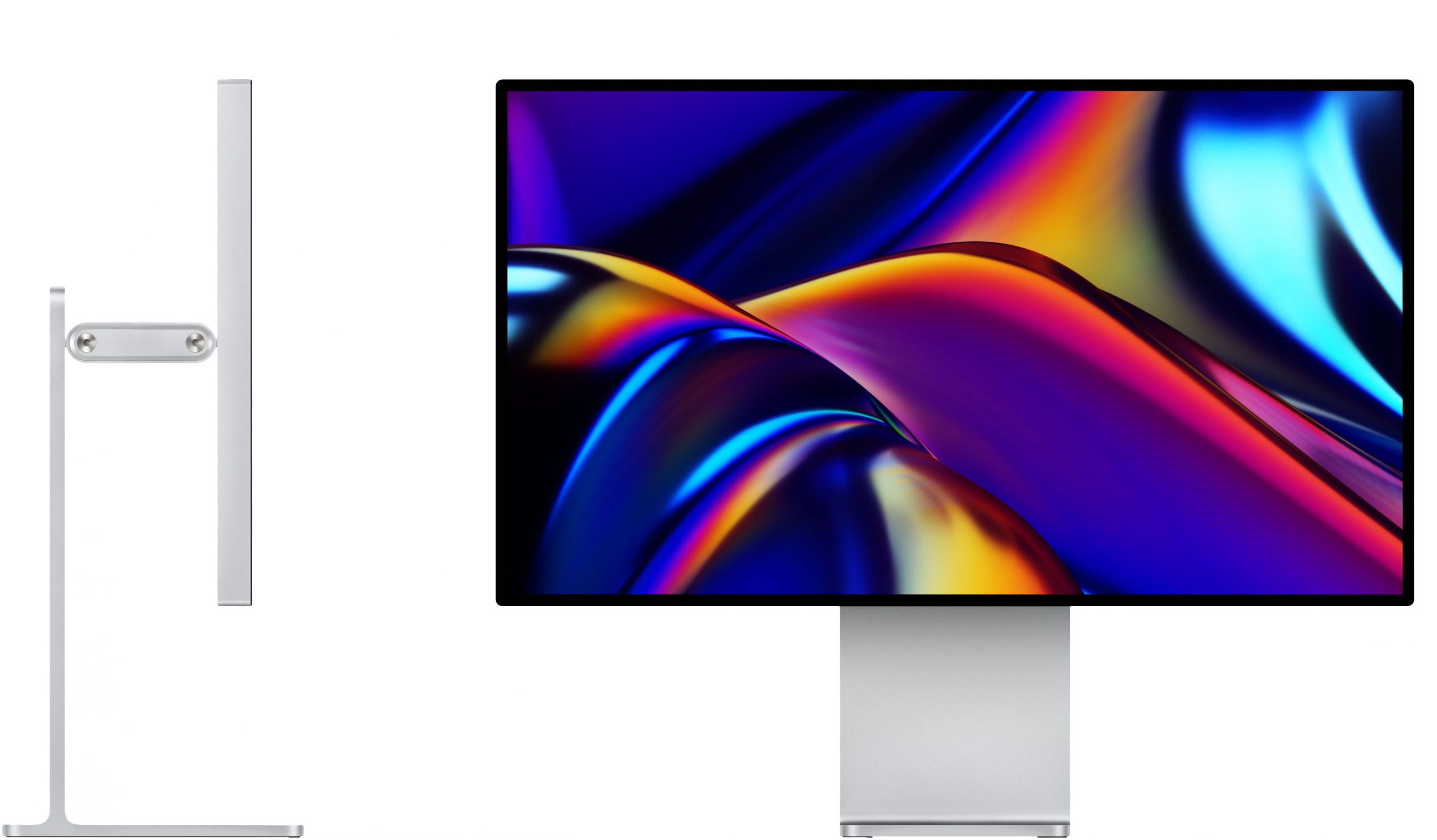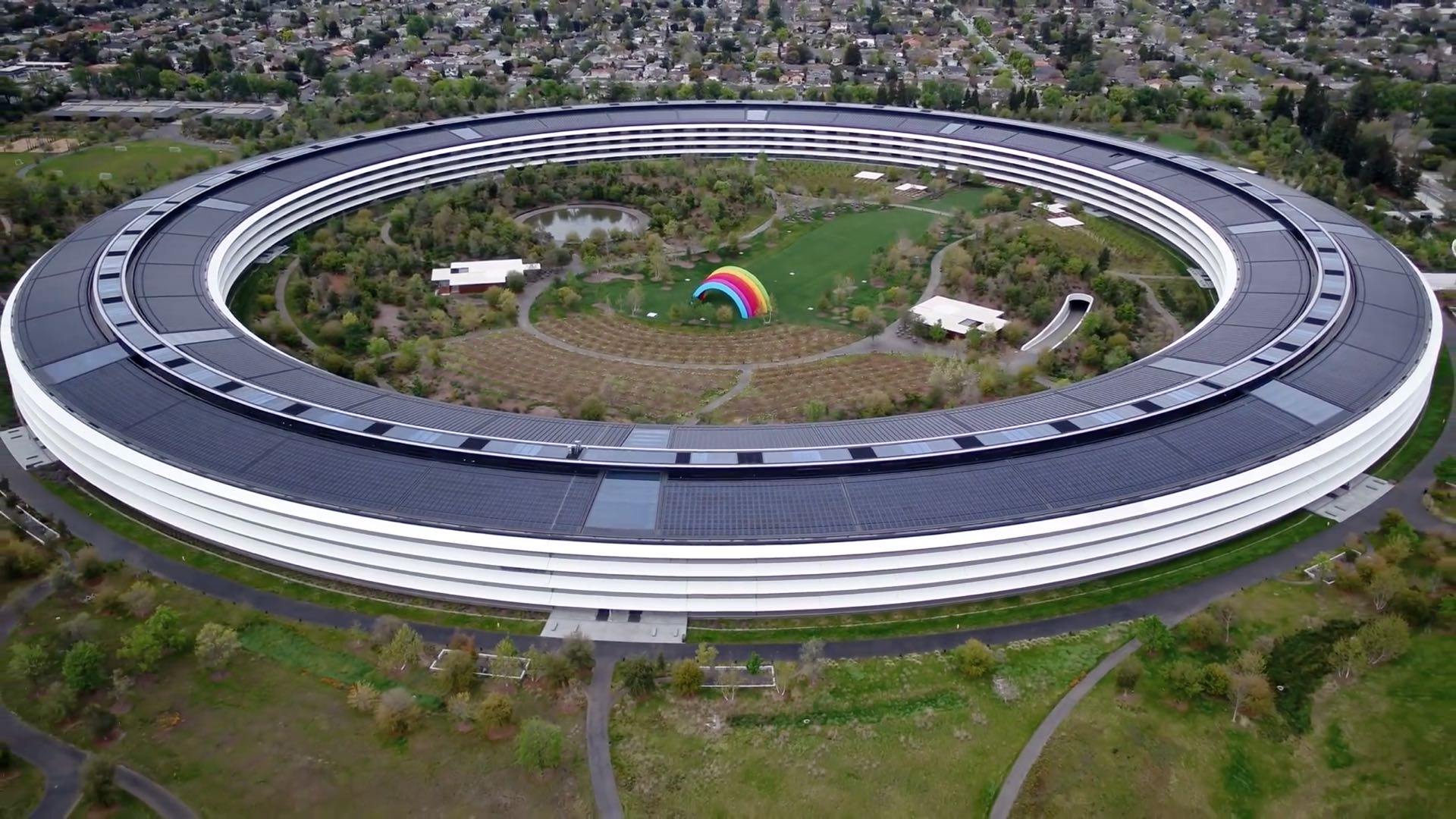A new external Apple display with Face ID could be in the works, incorporating the A13 Bionic chip along with the company’s dedicated machine learning accelerator, dubbed Neural engine.
STORY HIGHLIGHTS:
- Apple could be working on a new pro-level external display
- It may use Apple’s A13 Bionic chip with a Neural engine
- The A3 chip could power embedded Face ID

Is Apple working on a new display with an embedded A13 chip?
According to a report from 9to5Mac, Apple is developing a new pro-level display using the codename J327 which will reportedly include Apple’s A13 Bionic chip with Neural engine.
9to5Mac speculates the chip could be needed for the claimed machine learning acceleration, to help in graphically demanding tasks and offload the GPU in the connected computer.
Today’s report from 9to5Mac’s sources suggests that Apple has not given up on its plans to launch an external display with some sort of SoC, at least internally. Having a CPU/GPU built into the external display could help Macs deliver high-resolution graphics without using all the resources of the computer’s internal chip.
Apple could also combine the power of the display SoC with the Mac’s SoC to provide even more performance for running intensive graphic tasks. Another possibility is to use this SoC to add some smart features to the Pro Display XDR, such as AirPlay.
Several years ago, a report alleged Apple would create a replacement for the discontinued Thunderbolt Display which would incorporate a built-in GPU. To this date, however, Apple has not released such a product even though it did discontinue Thunderbolt Display in 2015 and release the expensive Pro Displays XDR as its pro-level replacement three years later in 2019.
One reason an Apple display might need A13 Bionic
But why would this rumored monitor require Apple’s custom system-on-a-chip?
Because it has everything Apple would need to build Face ID functionality into Macs, as rumored. As a feature heavily rooted in machine learning and artificial intelligence, Face ID requires a little help from dedicated hardware to do its magic in a fraction of a second.
The CPU in the A13 chip, for instance, provides machine learning accelerators, called AMX blocks, which are six times faster at matrix multiplication than the CPU in Apple’s previous A12 Bionic chip. These things can perform one trillion single-precision operations per second.

Machine learning features like Face ID also take advantage of the GPU, which in the case of A13 Bionic is 20 percent faster. And lastly, the Neural engine—Apple’s dedicated hardware for machine learning—sports eight cores and is 20 percent faster than its predecessor.
→ How to switch between your Mac’s integrated and discreet GPU
Now, the Cupertino company has been rumored to bring Face ID to Macs within a couple of years, with the first models to ditch Touch ID in favor of Face ID being Mac notebooks.
How about an external Apple display with Face ID?
An external display with embedded Face ID would help bring Apple’s secure depth-based facial recognition to models that don’t have an integrated screen, like Mac mini. Such a move would be similar to how Apple’s latest wireless keyboards with Touch ID bring Apple’s fingerprint recognition technology to the M1-based iMac and Mac mini models.
Following its 2019 debut, the A13 Bionic silicon is powering the iPhone 11 family along with the second-generation iPhone SE. So far, it hasn’t made its way into iPads or any other iOS-based devices. Built on TSMC’s seven-nanometre process technology, it sports Apple’s custom 64-bit CPU with two high-performance cores running at 2.65 GHz and four energy-efficient cores.